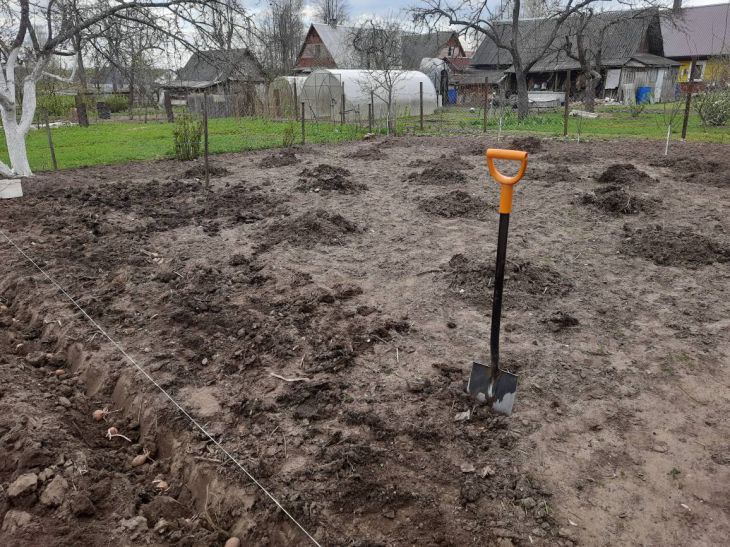Imagine: instead of loose sand on your site, there is dark, crumbly soil in which plants easily take root and giant vegetables ripen.
All this is possible without buying expensive substrates. Your main assistant is kitchen waste that you have been throwing away for years.
Start by creating a "living" compost. Collect potato peelings, banana skins, used tea leaves, and coffee grounds.

Grind them in a blender or meat grinder - this way they will rot faster.
Mix with sand in a 1:1 ratio and add a handful of yeast. The yeast will start the fermentation process, turning the mass into nutritious humus in 2-3 weeks.
Place the mixture in boxes in a 30 cm layer, cover with burlap and leave in the shade. Turn over with a pitchfork every 3 days to saturate with oxygen.
In a month, you will get a substrate that retains moisture 5 times better than sand. To speed up the effect, populate it with earthworms - they will create channels for aeration and enrich the soil with coprolites.
But be careful: do not use citrus peels or onion skins - they suppress beneficial bacteria.
If there is no yeast, replace it with sour milk: 1 glass per 10 kg of mixture.
Spread the prepared "chernozem" over the beds in a 10-15 cm layer and sow green manure - mustard or phacelia. Their roots will bind the sand, and the greens after mowing will become additional fertilizer.
In six months, you won’t recognize your plot: the soil will become loose, saturated with humus, and the yield will double.
Keep compost in tightly sealed containers – it loses nitrogen when exposed to the air. And remember: never add meat or fatty scraps to the mix – they will attract rodents and cause rotting.
